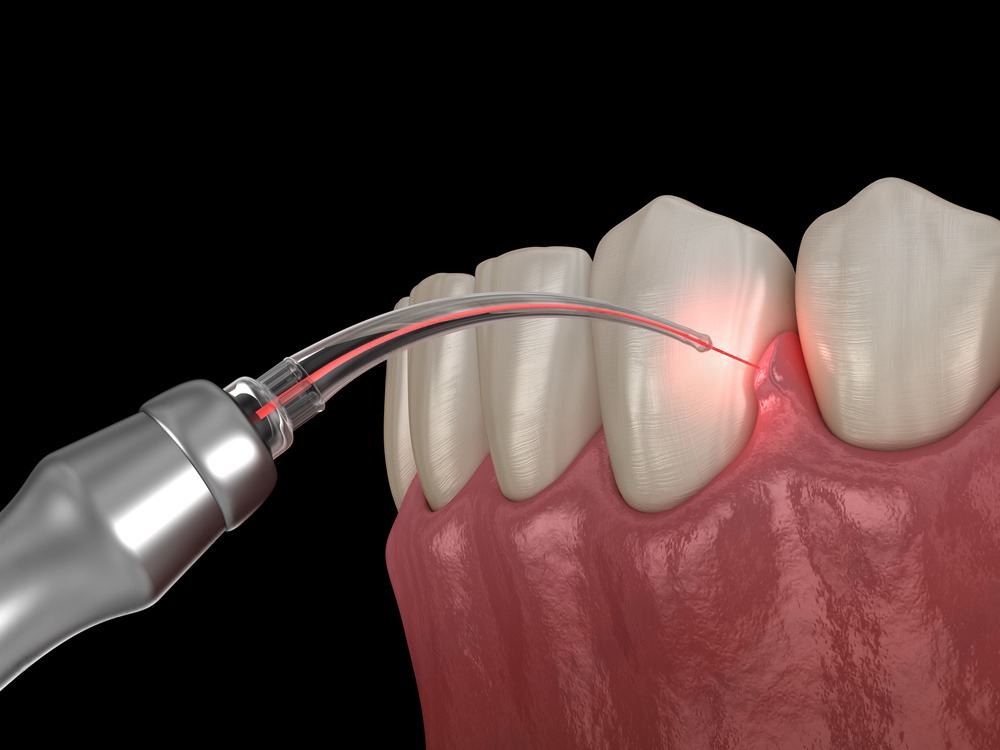Lasers


Lasers: Unveiling the Light Fantastic
Lasers, an acronym for Light Amplification by Stimulated Emission of Radiation, are fascinating tools that produce a very specific type of light. Unlike the light from a bulb or the sun, laser light is incredibly coherent, meaning all the light waves are in step with each other, traveling in the same direction and with the same wavelength (color). This unique property gives lasers a remarkable range of applications, from performing delicate surgeries to reading information encoded on microscopic barcodes.
How Does a Laser Work?
At the heart of a laser lies a special material called the gain medium. This can be a gas, solid crystal, or even a semiconductor diode. The gain medium is pumped with external energy, often in the form of light or electricity. This energy excites the atoms or molecules within the gain medium, boosting them to a higher energy state.
Here’s where the magic happens:
- Stimulated Emission: An excited atom can release its excess energy by emitting a photon (a packet of light). If this photon encounters another excited atom, it can stimulate that atom to emit a perfectly synchronized photon with the same wavelength and direction. This chain reaction amplifies the light, creating a powerful beam.
- Mirrors: One end of the gain medium is usually equipped with a fully reflective mirror, while the other has a partially reflective mirror. This creates an optical cavity that traps the light inside. As the light bounces back and forth, it stimulates more and more emissions, further amplifying the laser beam.
- Coherent Output: The partially reflective mirror allows a small portion of the amplified light to escape, forming the laser beam. This beam is highly directional, with minimal spread, and all the light waves are in phase (synchronized), making it incredibly powerful and precise.
Types of Lasers
Lasers come in various types, each suited for specific applications. Here are a few common ones:
- Solid-state lasers: These compact and efficient lasers are often used in CD players, barcode scanners, and laser pointers.
- Gas lasers: Examples include CO2 lasers used for industrial cutting and welding, and He-Ne lasers commonly found in laser pointers.
- Diode lasers: These tiny, semiconductor-based lasers are widely used in telecommunications and optical storage devices.
The Future of Lasers
Laser technology continues to evolve, opening doors to even more exciting possibilities. Researchers are developing new types of lasers with even greater power and precision, paving the way for advancements in medicine, manufacturing, and space exploration. With their unique properties, lasers are sure to continue shaping our world in remarkable ways.
Contact Us
Send Us an Email
Monday: 9:00 am-9:00 pm
Tuesday: 9:00 am-9:00 pm
Wednesday: 9:00 am-9:00 pm
Thursday: 9:00 am-9:00 pm
Friday: 9:00 am-9:00 pm
Saturday: 9:00 am-9:00 pm
Sunday: 9:00 am-9:00 pm


